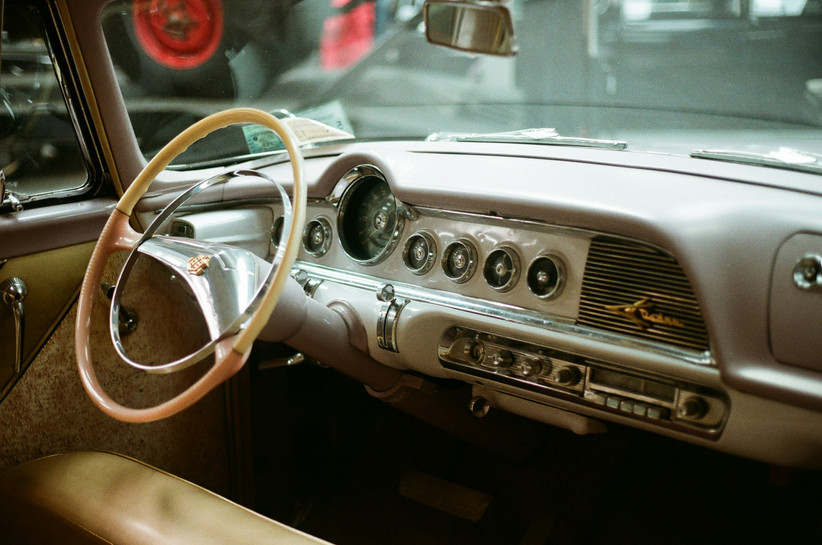When it comes to restoring or upgrading a classic car, one detail that often gets overlooked is the radio. It may seem like a small feature, but the right radio can transform your driving experience, bringing together the perfect balance of vintage style and modern functionality. Before you make your purchase, here are five important things to think about when buying a classic car radio.
1. Fit and Dash Compatibility
The very first consideration is whether the radio will fit your dash without modifications. Cutting into an original dash can drastically reduce the value of your vehicle, especially if you plan to show or resell it. Look for radios designed specifically for your make and model, such as those offered by Custom Autosound or Antique Automobile Radio. These radios are engineered to slide into factory openings, preserving authenticity while giving you upgraded performance.
2. Authentic Appearance vs. Modern Features
You’ll want to decide how much authenticity matters to you. Some radios are near-perfect replicas of factory units, with era-correct knobs, bezels, and displays. Others lean more toward modern styling while still fitting the dash. On the feature side, consider whether you need Bluetooth connectivity, USB ports, RCA pre-outs, or hands-free calling. Many radios today hide modern technology behind classic looks, letting you enjoy both originality and convenience.
3. Sound Quality and Power
Classic cars weren’t designed with acoustics in mind, so a good radio needs enough power to cut through road noise and engine rumble. Look for units with at least four channels of built-in amplification (typically 40–50 watts per channel). If you plan on adding amplifiers or subwoofers, make sure the radio has RCA pre-outs. Pairing your radio with upgraded 6x9 speakers, kick panels, or hidden subs will give you a full, rich sound.
4. Ease of Installation
Not all radios are equally simple to install. Some come pre-assembled with bezels and knobs tailored to specific models, making installation straightforward. Others, like universal options, may require more adjustment. Think about your skill level and whether you’ll be doing the installation yourself or hiring a professional. Choosing a radio with model-specific compatibility can save you time, money, and frustration.
5. Budget and Long-Term Value
Finally, consider your budget. Entry-level options, like the Custom Autosound USA-230, provide basic functionality at a lower price. Mid-range models, such as the USA-630, add USB and optional Bluetooth. High-end radios, like the USA-740 or Antique Automobile Radio’s OE replicas, deliver premium sound, built-in Bluetooth, and maximum authenticity. Ask yourself what’s most important: cost savings, features, or concours-level originality.
Final Thoughts
Choosing the right radio for your classic car is about more than playing music—it’s about enhancing your car’s style, preserving its value, and making every drive more enjoyable. By considering fit, authenticity, features, power, installation, and budget, you’ll end up with a radio that not only looks the part but also performs for years to come. At Vintage Car Radio, we help enthusiasts find the perfect blend of vintage style and modern sound.



